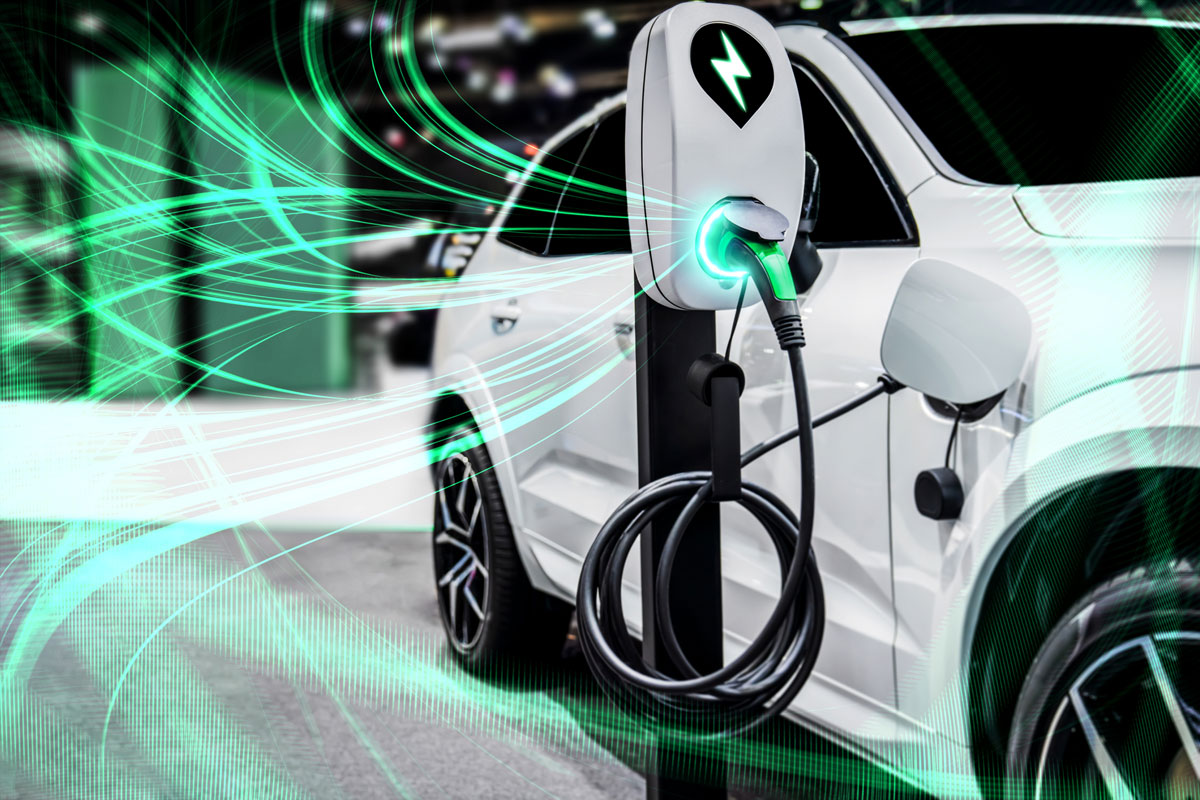Smart cities represent the pinnacle of urban planning, blending cutting-edge technology with infrastructure to forge environments that are not only efficient but profoundly attuned to the needs of their inhabitants. These cities harness the power of data analytics, IoT, and machine learning to streamline city operations and deliver services that are timely, efficient, and predictive. As the global population increasingly leans towards urban living, the traditional city frameworks strain under the pressure of burgeoning populations. Smart cities offer a transformative solution by using technology to address these growing demands, enhancing the quality of urban life, and reducing the environmental footprint.

In essence, a smart city converts data into actionable insights that drive intelligent decision-making across sectors such as transportation, healthcare, and public safety. By integrating sensors and networks throughout the city, administrators can monitor urban metrics in real-time, allowing for responses that are swift and informed. This capability transforms how cities manage congestion, air quality, and energy consumption. It also enhances the ability of emergency services to act during crises, making urban areas safer and more resilient to the challenges of modern living.
Moreover, the smart city concept fosters sustainability through innovative approaches to resource management. From smart grids that optimize energy use to systems that enhance water conservation, the framework emphasizes a balance between growth and environmental stewardship. These technologies are pivotal, not just for improving today’s urban environments but also for securing a sustainable future for coming generations. The drive for sustainability is married seamlessly with the push for technological integration, positioning smart cities at the forefront of urban innovation.
Reinventing Urban Mobility: Smart Transportation Solutions
Traffic congestion and inefficient public transport systems often mar the urban experience, but smart cities are poised to revolutionize this through intelligent transportation systems (ITS). These systems leverage real-time data, advanced analytics, and interconnected devices to enhance traffic management and support sustainable urban transit. By optimizing traffic flows and reducing vehicle emissions, smart cities aim to create a more navigable and less polluted environment.
Public transportation benefits significantly from smart technologies. Real-time tracking systems, automated scheduling, and predictive maintenance ensure that services are reliable and efficient, directly impacting commuter satisfaction and uptake. For instance, smart buses equipped with GPS and traffic management tools adjust their routes and schedules to avoid congested areas, improving travel times and reducing overcrowding. Such enhancements not only make public transit more attractive but also decrease the reliance on private vehicles, aligning with broader environmental goals.
The integration of infrastructure for electric vehicles (EVs) is another cornerstone of the smart transportation framework. Companies like ChargeTronix are at the forefront of this transition, providing robust, modular electric vehicle charging solutions that cater to the increasing demand for sustainable urban transport options. ChargeTronix chargers, known for their reliability and customizable features such as integrated payment systems, are essential for cities looking to support a growing network of electric vehicles. Their products ensure that EV owners have access to convenient, efficient charging options, facilitating the shift towards greener transit solutions.
Smart Energy Systems: Powering the Future Efficiently
Smart cities are synonymous with optimized energy use, integrating sophisticated technologies to manage and conserve power. Through smart grids, urban centers can dynamically manage energy supply and demand, incorporating renewable resources and improving system reliability. These grids not only reduce operational costs but also contribute significantly to the reduction of the city’s carbon footprint by integrating alternative energy sources like solar and wind power seamlessly into the energy mix.
Energy management in smart cities extends to buildings and public infrastructure. Automated systems control lighting, heating, and air conditioning based on occupancy and environmental conditions, minimizing energy wastage and enhancing comfort. Smart buildings are equipped with sensors that detect and adjust settings in real-time, ensuring optimal energy consumption while maintaining an ideal living and working environment. This proactive approach to energy use not only saves money but also prolongs the lifespan of the city’s infrastructure by preventing overuse.
Moreover, smart cities employ analytics to identify areas where energy inefficiencies occur, allowing for targeted interventions that further enhance energy conservation. For instance, outdated systems can be quickly identified and replaced with more efficient technologies. By continuously monitoring and adjusting their energy strategies, smart cities lead by example in the global shift towards sustainability, proving that technological advancement and environmental stewardship can go hand in hand.
Advancing Public Safety with Smart Technology
Enhancing public safety is a critical concern for urban planners, and smart cities address this through the deployment of advanced technological solutions. Integrated networks of cameras and sensors provide a comprehensive overview of urban spaces, making it possible to monitor public areas continuously and respond quickly to incidents. This surveillance capability, combined with advanced data analytics, helps in the early detection of potential threats, ranging from criminal activities to public health emergencies.
Emergency response in smart cities is revolutionized by technologies that provide accurate and instantaneous data to first responders. GPS and IoT devices ensure that during emergencies, response units are not only dispatched quickly but are also provided with the most efficient routes to the scene. Smart buildings equipped with automated systems can also alert inhabitants and authorities about hazards like fires or structural compromises, facilitating timely evacuations and interventions. This integration of technology ensures that responses are rapid and more lives can be saved in critical situations.
Additionally, smart cities use technology to foster a sense of community and safety among residents. Mobile apps and community alert systems enable citizens to report issues directly to local authorities, ensuring that there’s a collaborative effort in maintaining public safety. These platforms also provide valuable data that can be used to improve urban living conditions over time. By leveraging the power of community engagement alongside technological advancements, smart cities create a more secure environment where residents feel actively involved in their safety and governance.
Healthcare Transformation in the Digital Metropolis
The integration of technology in urban healthcare systems promises a revolution in medical services, making them more accessible and efficient. Smart healthcare uses telemedicine, AI diagnostics, and electronic health records to extend the reach of medical services, particularly in underserved areas. This not only enhances service delivery but also significantly reduces the strain on traditional healthcare facilities by diverting routine consultations to digital platforms.
AI and IoT play pivotal roles in patient care within smart cities. These technologies enable real-time monitoring of patients, predictive analytics for early disease detection, and personalized treatment plans based on vast data sets. For example, wearable devices can track a patient’s vital signs and send alerts to healthcare providers if anomalies are detected, facilitating immediate intervention. This proactive approach not only improves patient outcomes but also optimizes the allocation of healthcare resources.
Furthermore, smart cities emphasize the integration of mental health services into their healthcare frameworks. Digital platforms can provide residents with access to mental health professionals and self-help tools, which is essential for urban environments where the pace of life can contribute to stress and mental health issues. By making mental health services more accessible and less stigmatized, smart cities ensure a holistic approach to the well-being of their inhabitants, highlighting the comprehensive benefits of technological integration in urban healthcare.
Education and Skill Development in Smart Cities
Education systems within smart cities are designed to leverage technology to enhance learning experiences and outcomes. Digital classrooms, online learning platforms, and AI tutors personalize education, catering to the individual needs of students and making learning more engaging. This adaptability is crucial in preparing a workforce that is skilled and ready to meet the demands of a technologically driven world.
Furthermore, smart cities focus on lifelong learning and continuous skill development, essential in an ever-evolving job market. Online courses and virtual workshops facilitated by local governments ensure that residents have the opportunity to continually upgrade their skills. This approach not only helps individuals adapt to changing economic conditions but also drives the overall competitiveness of the city.
Educational initiatives in smart cities also include partnerships with tech companies to provide hands-on experience and training in cutting-edge technologies. These collaborations ensure that educational institutions remain at the forefront of technological advancements, preparing students not just for the jobs of today but for future careers that may not yet exist. By closely integrating education with industry trends, smart cities create a dynamic workforce capable of driving sustained economic growth.
Civic Engagement and Community Connectivity
The final piece in the smart city puzzle is enhancing civic engagement through technology. Digital platforms enable residents to voice their opinions, participate in decision-making processes, and interact with municipal authorities more effectively. This level of connectivity not only makes governance more transparent but also more responsive to the needs of the community.
Social media and dedicated municipal apps play significant roles in this interactive governance model. They facilitate a two-way communication channel where citizens can report issues, provide feedback, and receive updates about city projects and policies. This constant flow of information fosters a well-informed community that is engaged and proactive about local governance.
In addition, smart cities utilize technology to strengthen community bonds. Online community boards, virtual town halls, and digital notice boards keep residents connected with local events, initiatives, and discussions. These tools help in building a community spirit and ensure that despite the vast urban sprawl, residents feel part of a closely-knit community. By embedding technology into the fabric of urban life, smart cities not only improve infrastructure and services but also enrich the social and communal life of their inhabitants, creating vibrant, engaged, and connected urban communities.









